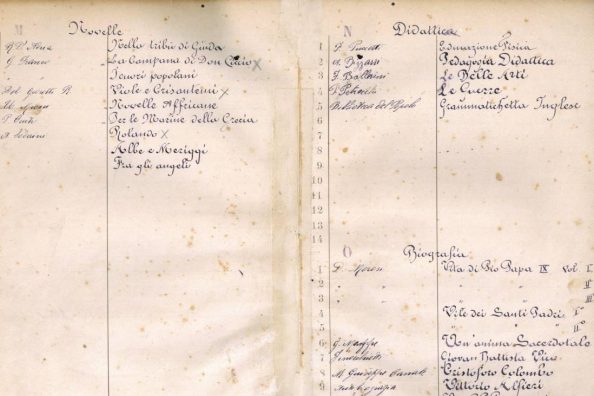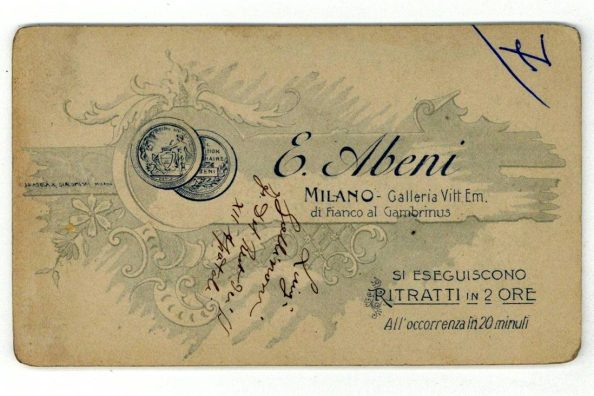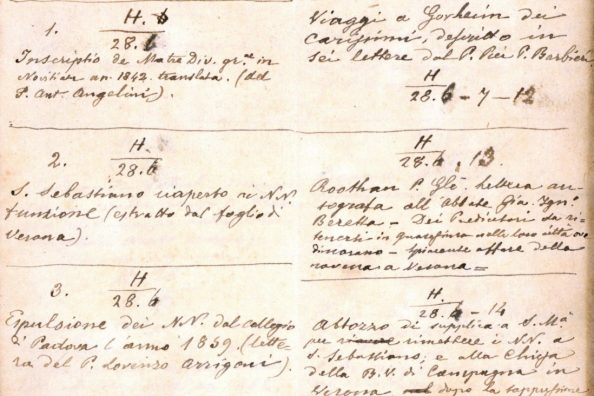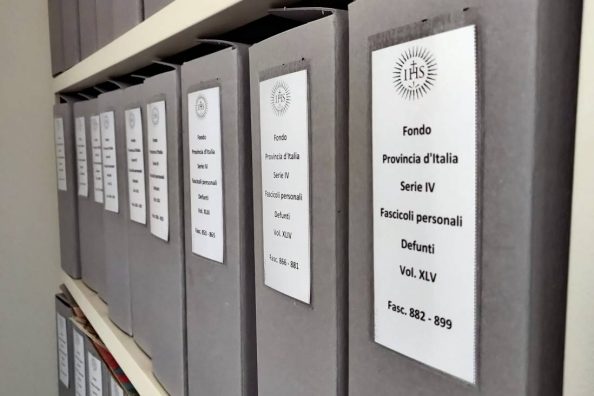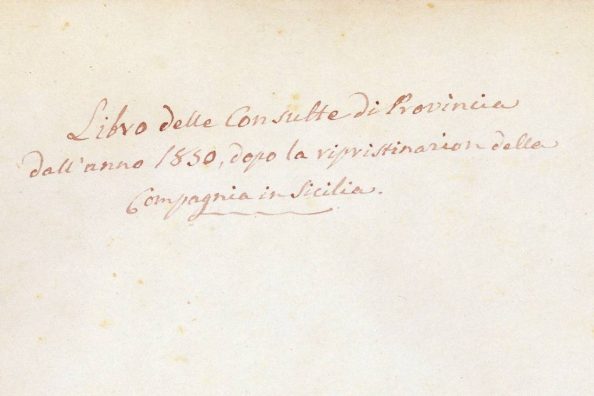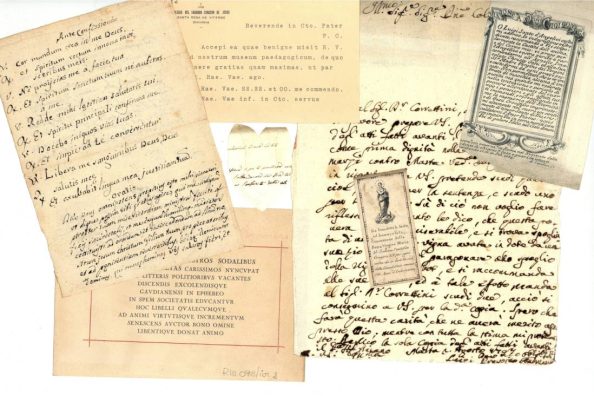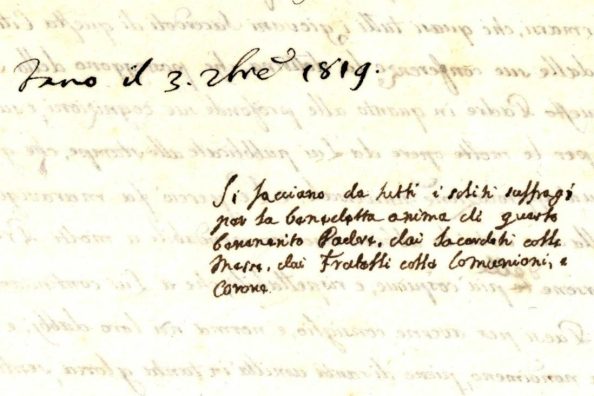Jesuits wounded and murdered in the 1920s

There have been many Jesuit martyrs, killed in wars and religious persecutions since 1540.
Today, however, we remember some Jesuits who lost their lives not in odium fidei, but for other reasons, in no less tragic contexts.
All the Jesuits we discuss in this column were killed or wounded during the 1920s.
On 1 September 1921 Brother Aniceto Lopez, a member of the Biblical Institute community, was walking along Corso Regina Margherita when he was hit by a military truck. He was rescued and taken to the Policlinico Umberto I, where he died two hours later.
P. Lorenzo Rocci recalled the episode in his diary and reported that the soldier who had run him over ‘wanted to frighten the clergyman, but misdirected his move: he is now in prison for his rascality’.
Four years later, on the morning of 12 October 1925, Fr. Paul Geny, a Jesuit of French origin, was on his way from the Gregorian to the station to catch the tram connecting Rome with the Castelli Romani, to reach the Noble Mondragone College.
At the height of Via S. Basilio he was stopped by a soldier who drove his bayonet into his back. The attacker tried to escape but was stopped by two soldiers and taken to the Castro Pretorio barracks.
In the meantime, the Jesuit, seriously wounded, was transported to St. James’ Hospital where he died shortly afterwards from haemorrhaging.
We reconstruct the episode from various sources. Fr Lorenzo Rocci speaks of it as follows:
“Today at 10 a.m. Fr Paul Geny , a professor at the Gregorian, from Nancy, was stabbed by a soldier (who they say is mad) in St Basil’s Street. It is proved that he is not mad at all. […] Paulo Geny. (…) 15.I. All the newspapers in Rome detest the killing of Professor Geny, esteemed scholar, zealot and saint’.
The Jesuit was in fact well known in Rome especially for his apostolate with the boys of the ‘Twelve Apostles’ at the Maximilian Maximus Institute where he was also a lecturer, in addition to his career as a professor of philosophy at the Gregorian.
His personal file contains all the newspaper articles dedicated to the event: from the Messaggero di Roma, which gave news of it just two hours after the injury, to the Corriere d’Italia, the Giornale d’Italia, Il Popolo, Idea Nazionale, L’Epoca, Il Mondo, Tribuna, Il Risorgimento, l’Osservatore Romano and even some French newspapers La Croix, L’Echo de Paris, L’Action Française.
It is precisely from reading the various articles that we can understand how easy it was, even at the time, to distort the facts and never have an unambiguous version of the facts.
Fr. Rocci’s words are certainly the result of what he heard in the community, reported by the Superiors and read in the newspapers.
Two hours after the misdeed, the Messaggero (Messenger) wrote: ‘A soldier of the Engineers took the bionet out of its sheath and plunged it into the shoulders of a poor priest who happened to be passing by […]’. The next day, the newspapers spoke of a ‘furious fit of homicidal madness’ and of a ‘soldier in the grip of a savage anticlerical fury’.
As the days pass, the articles are enriched with details that seem invented or highly romanticised, such as the priest’s pale complexion before meeting the victim while he was reading the breviary, the alleged madness of the attacker and his motives.
Fr. Tacchi Venturi also riskedhis life and was the object of a stabbing attack.
A little over two years after the murder of Fr Geny, on 21 February 1928, Fr Tacchi Venturi was attacked by a man armed with a dagger, as Fr Rocci recounts in his diary:
“An unknown man threw a dagger at Fr. Tacchi Venturi, who was not, however, seriously injured: various hypotheses on the fact. (…)”
P. Tacchi Venturi survived the wounding, the handkerchief used to plug the wounds is kept at ARSI, in the Jesuit’s personal collection.
A year later, in February 1929, another Jesuit was killed, in France, we read again the words of Fr Lorenzo Rocci:
“In Toulouse they have shot dead Fr de Corneillan, aged 65: it seems that the murderer is a fanatical republican and a madman”.
It is not clear whether all these episodes, three of which occurred in Rome and one in Toulouse, all before the signing of the Lateran Pacts, could be the result of the political climate of the time, nor whether the signing of the historic agreement led to a decrease in episodes.
In all cases, there was no relationship of acquaintance between the victim and the aggressor, while there was a desire to strike ‘the priest, the representative of the militia he declared he hated’, as the Corriere d’Italia reported on the Geny case.
Maria Macchi

